How to Clean Resin Out of a Silicone Pipe: Step-by-Step Guide
Cleaning a silicone pipe can seem challenging, especially when sticky resin accumulates. Over time, this buildup blocks airflow and alters the taste of each session. If neglected, it can even reduce the lifespan of your favorite piece.
Silicone pipes are sturdy and convenient to use but need consistent care for optimal performance. A proper cleaning routine ensures they function effectively and enhances every smoking experience.
This guide provides straightforward steps to remove resin easily and efficiently.
Discover how to clean your silicone pipe today!
Why Clean Your Silicone Pipe?
Regular cleaning keeps your silicone pipe in peak condition. It also ensures a smoother and more enjoyable experience.
Preventing resin buildup
Resin buildup clogs silicone pipes and blocks smoke flow. This makes each hit less smooth and ruins the taste of your herb. Cleaning regularly prevents ash residue from sticking to the inner walls, keeping airflow clear and performance optimal.
"Preventing blockages ensures a better smoking experience every time.
Improving taste and performance
Cleaning a silicone pipe regularly is crucial for maintaining pure flavor and aroma. Resin buildup can distort the taste of herbs, making each hit less enjoyable. Regular maintenance prevents this issue and preserves the original flavor profile, ensuring a cleaner smoking experience.
A clean pipe also enhances performance by allowing smoother airflow. Blocked passages caused by residue restrict proper inhalation, reducing enjoyment. Taking time to clean ensures maximum functionality while increasing overall satisfaction with every use.
Extending the lifespan of your pipe
Proper cleaning ensures a silicone pipe lasts longer. Regular maintenance prevents resin buildup, which can degrade the material over time and impact durability. Removing residue also keeps airflow unrestricted, avoiding clogs that could damage the structure.
Clean pipes perform better for extended periods. Maintaining your smoking device improves functionality and flavor while reducing wear caused by neglect or improper care. A well-kept pipe continues to provide an optimal experience with every use.
Step-by-Step Guide to Cleaning Resin Out of a Silicone Pipe
Cleaning your silicone pipe doesn’t have to be complicated with the right approach. Follow these simple steps to keep it fresh and functioning perfectly.
Step 1: Disassemble the pipe
Separate the silicone body from the glass bowl and metal spoon. Detach each part carefully to avoid damage, ensuring all components come apart smoothly.
Wash the glass bowl with warm, soapy water to remove surface dirt. Rinse thoroughly with clean water and let it dry completely before proceeding.
Detaching each piece makes cleaning your pipe more effective.
Step 2: Remove loose debris
Rinse the silicone pipe with water to loosen any residue. Place the pipe in a freezer for 30 minutes to 1 hour. Freezing helps harden resin, making removal easier.
Gently tap the frozen pipe against a surface to dislodge debris. Use a soft brush or cotton swab to clear out leftover particles. Focus on areas where buildup is more visible, ensuring no excess residue remains inside.
Step 3: Soak in rubbing alcohol and salt
After removing loose debris, place the silicone pipe in a Ziploc bag. Add isopropyl alcohol (70% or higher) and coarse salt to create an effective cleaning solution. Use enough liquid to fully submerge the pipe.
Let it soak for 1–2 hours, or overnight if residue remains stubborn. The rubbing alcohol breaks down resin buildup, while the salt acts as an abrasive agent to loosen particles. Shake the bag gently during soaking for better results without damaging the silicone material.
Step 4: Gently scrub with a soft brush
Use a soft brush to scrub away any stubborn resin sticking inside the silicone pipe. Apply gentle pressure while scrubbing to avoid damaging the material. For tough spots, dip the brush into coarse salt and rubbing alcohol for extra grit and effectiveness.
A cotton swab works well for cleaning smaller or hard-to-reach areas like narrow crevices. Rotate it gently to lift out stuck residue without causing scratches. Focus on removing all traces of resin before moving forward with rinsing.
Step 5: Rinse thoroughly with warm water
After scrubbing the silicone pipe, thoroughly rinse it with warm water. Ensure all cleaning solutions and loosened resin are flushed away. Warm water helps cleanse stubborn residue left after scrubbing.
Purge every section of the pipe to avoid any lingering alcohol or salt. Rinse clean with warm water until no soapiness or debris remains inside. Always check that nothing is left before moving to the drying stage.
Step 6: Dry completely before reassembling
Patience is key during this step. After rinsing, place the silicone pipe in a clean, dry area. A lint-free towel works well to soak up excess water. Avoid using heat sources like hair dryers as they might damage the silicone material.
Allow the pipe to air dry completely before reassembling it. Moisture left inside can promote resin buildup or mold growth over time. Allocate at least several hours for full drying or let it sit overnight for best results.
Ensure it's fully dried before putting it back together to maintain performance and hygiene standards.
Alternative Cleaning Methods
Explore creative techniques to tackle stubborn resin and keep your silicone pipe fresh.
Freezing the pipe to remove hardened resin
Place the silicone pipe in a freezer for 30 minutes to 1 hour. This process chills and solidifies tough resin buildup, making it easier to remove.
After freezing, gently tap the frozen pipe against a soft surface or use a brush to dislodge hardened residue. An ice pack can also be used if sticking the pipe directly in a freezer isn’t an option.
Avoid using excessive force that could damage the silicone material while removing frosty deposits.
Using boiling water as a natural solution
After freezing methods, some users consider boiling water for resin removal. While it may seem like an ecofriendly option, boiling water poses risks to silicone pipes. High heat can warp or damage the material, making it unsafe for long-term use.
Instead of risking damage, explore other natural cleaning solutions. Silicone-safe alternatives like rubbing alcohol and salt offer effective and sustainable results without exposure to extreme temperatures.
Save your pipe from unnecessary wear while keeping the process nontoxic.
Specialized silicone-safe cleaning solutions
Boiling water as a solution can work, but specialized silicone-safe cleaning solutions offer gentler options. Nontoxic cleaners like Randy's Green Label Soaker Solution effectively dissolve resin without damaging the silicone material.
Harsh chemicals should always be avoided to protect both the pipe and your health. Silicone-friendly products use mild ingredients that are ecofriendly and chemical-free. These safe cleaning alternatives minimize risks while ensuring an efficient clean, making them ideal for cannabis users seeking a reliable option.
Tips for Keeping Your Silicone Pipe Clean
Regular maintenance keeps your silicone pipe functioning well. Simple habits can prevent stubborn resin buildup over time.
Establishing a regular cleaning routine
Developing consistent cleaning habits keeps your silicone pipe in top condition. Quick rinses after each use prevent residue buildup, while bi-weekly to monthly deep cleanings maintain long-term hygiene.
For frequent users, dedicating one day a week for thorough cleaning ensures optimal performance and taste.
Set aside time to follow a proper cleaning regimen regularly. A structured maintenance routine reduces the need for intense scrubbing sessions later, saving both effort and extending your silicone pipe's lifespan.
Stick to this schedule as part of your overall pipe care plan for maximum benefits.
Avoiding abrasive tools that can damage silicone
Using abrasive tools like steel wool or harsh brushes risks scratching the silicone surface. Scratches can trap resin, making future cleaning harder and reducing the pipe’s lifespan.
Opt for nonabrasive tools such as soft-bristle brushes or microfiber cloths for gentle cleaning. Silicone-friendly cleaning agents like mild soap or vinegar solutions effectively clean without causing damage.
Storing the pipe properly to minimize residue buildup
Store the silicone pipe in a cool, dry place to reduce residue buildup. Exposure to extreme temperatures can cause resin to harden or stick more stubbornly inside the pipe.
Keep the pipe away from humid environments, as moisture promotes residue clinging to surfaces. Use a protective case or pouch to avoid dust and debris collecting in its openings.
What to Do If Resin Remains After Cleaning
Stubborn resin may need extra steps for complete removal. Use targeted methods to tackle any remaining buildup effectively.
Repeating the soaking process
Persistent resin often requires a second soaking to fully loosen tough deposits. Submerge the silicone pipe again in rubbing alcohol and salt for another 1–2 hours, or leave it overnight if necessary.
This extended time allows the solution to break down resilient buildup.
After soaking, rinse thoroughly with warm water to remove lingering grime and check for progress. For any remaining stubborn residue, repeat scrubbing gently with a soft brush before rinsing again.
Using pipe cleaners for hard-to-reach areas
Pipe cleaners work well for narrow spaces and small crevices in silicone pipes. They bend easily, allowing access to intricate cleaning areas. For delicate scrubbing, move the cleaner gently to avoid damaging the material.
Pairing pipe cleaners with rubbing alcohol enhances resin removal in hard-to-reach spots. Focus on sections like small gaps or tight corners where brushes cannot fit properly. Always use soft pressure for precision cleaning without scratching the pipe.
Recommended Tools for Cleaning Your Silicone Pipe
Rubbing alcohol with at least 70% concentration breaks down stubborn resin effectively. Coarse salt works as a gentle abrasive when paired with the alcohol, making scrubbing easier.
Airtight containers or Ziploc bags help soak your silicone pipe without creating a mess.
Use cleaning brushes or pipe scrubbers to remove stuck-on residue in tricky areas. Cotton swabs and pipe cleaners clean small crevices that brushes can’t reach. Silicone-safe solutions like Randy’s Green Label Soaker Solution offer an alternative for deep cleaning without damaging the material.
Conclusion
Keeping a silicone pipe clean greatly improves its performance and lifespan. Regular cleaning removes resin buildup to maintain smooth airflow and enhance taste. Following these steps ensures a hassle-free smoking experience every time.
A well-maintained pipe is essential for any cannabis enthusiast seeking quality sessions.
FAQs
1. How do I clean resin out of a silicone pipe?
Start by rinsing the pipe with warm water to loosen residue. Use isopropyl alcohol and coarse salt as a cleaning solution. Shake the pipe gently after sealing it, then rinse thoroughly.
2. Can I use boiling water to clean my silicone pipe?
Yes, but be cautious. Silicone can handle heat, but avoid prolonged boiling as it may damage the material over time.
3. What tools or materials are best for removing resin from a silicone pipe?
Use isopropyl alcohol, coarse salt, cotton swabs, and soft brushes for effective cleaning without damaging the surface.
4. Why is regular cleaning of my silicone pipe important?
Cleaning removes harmful resin buildup that affects airflow and taste while keeping your device safe and hygienic for use.


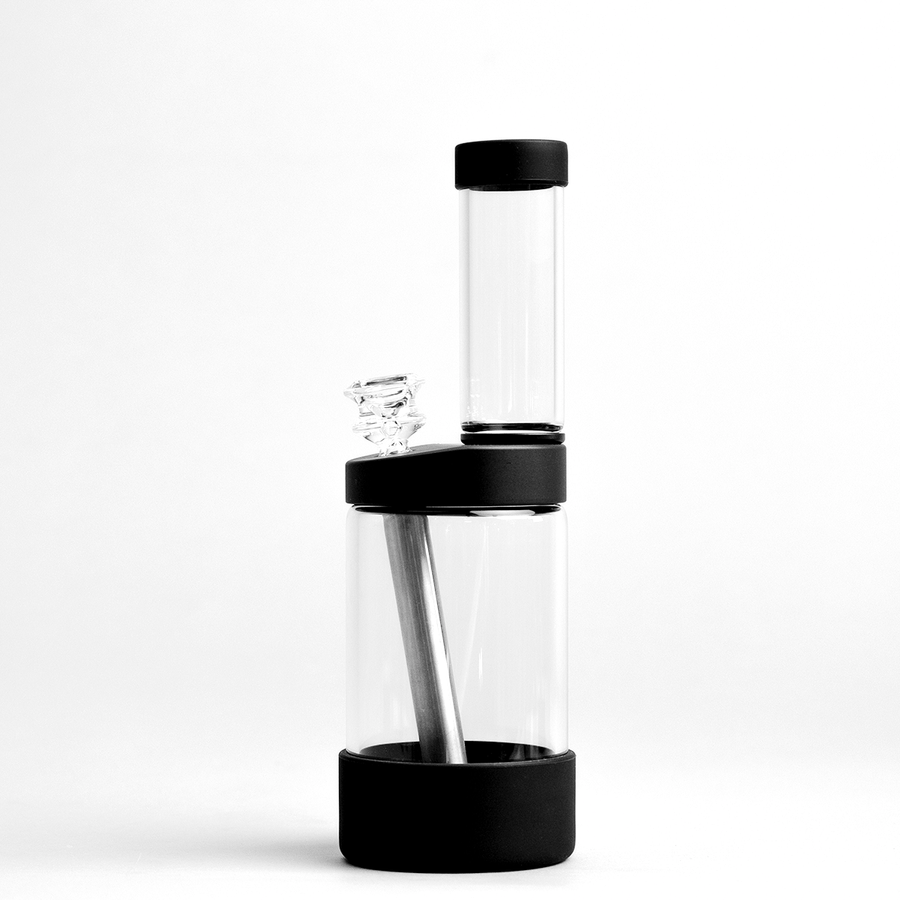
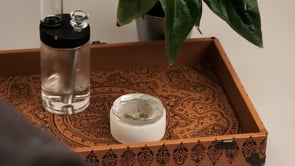


![Vessel Helix Pipe [Copper] - Headshop.com](http://www.headshop.com/cdn/shop/files/ad3c0443-b76d-4fe5-84b8-a617dd50a950.jpg?v=1747419387&width=900)
![Vessel Helix Pipe [Copper] - Headshop.com](http://www.headshop.com/cdn/shop/files/7b0e06e3-9106-4684-80e4-408362c34085.jpg?v=1747419388&width=1000)
![Vessel Wood Vape Pen Battery [White/Beechwood] + - Headshop.com](http://www.headshop.com/cdn/shop/files/4ecd5d0f-363a-454e-a7a0-229fb93bf456.jpg?v=1725470645&width=900)
![Vessel Wood Vape Pen Battery [White/Beechwood] + - Headshop.com](http://www.headshop.com/cdn/shop/files/d232e493-09e6-4574-b44c-3e2bde9425b4.jpg?v=1725470647&width=1000)

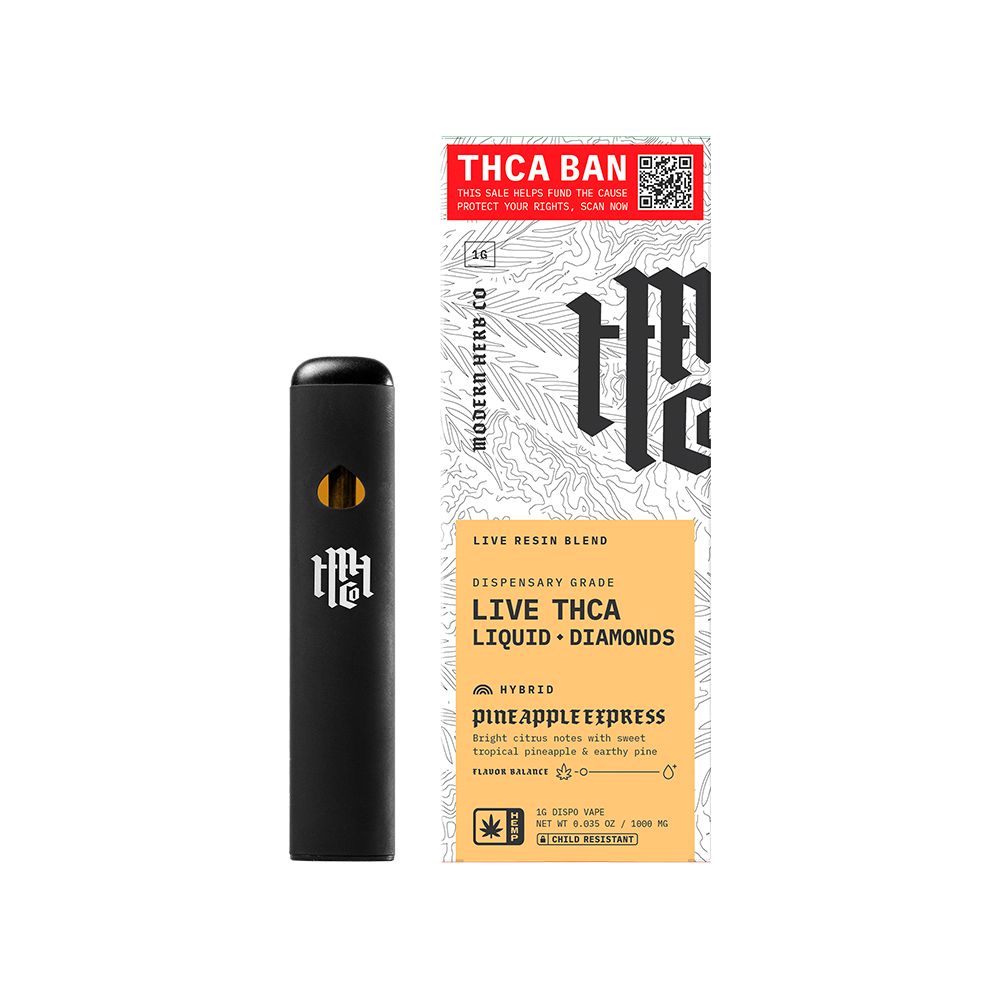
![Vessel Compass Apex Charger [Black] - Headshop.com](http://www.headshop.com/cdn/shop/files/f10e6bf4-6ce7-4a59-a50e-a4184f069754.jpg?v=1729115238&width=900)
![Vessel Compass Apex Charger [Black] - Headshop.com](http://www.headshop.com/cdn/shop/files/dce98c70-346c-405f-aca8-d59c7feed96d.jpg?v=1729115240&width=1000)
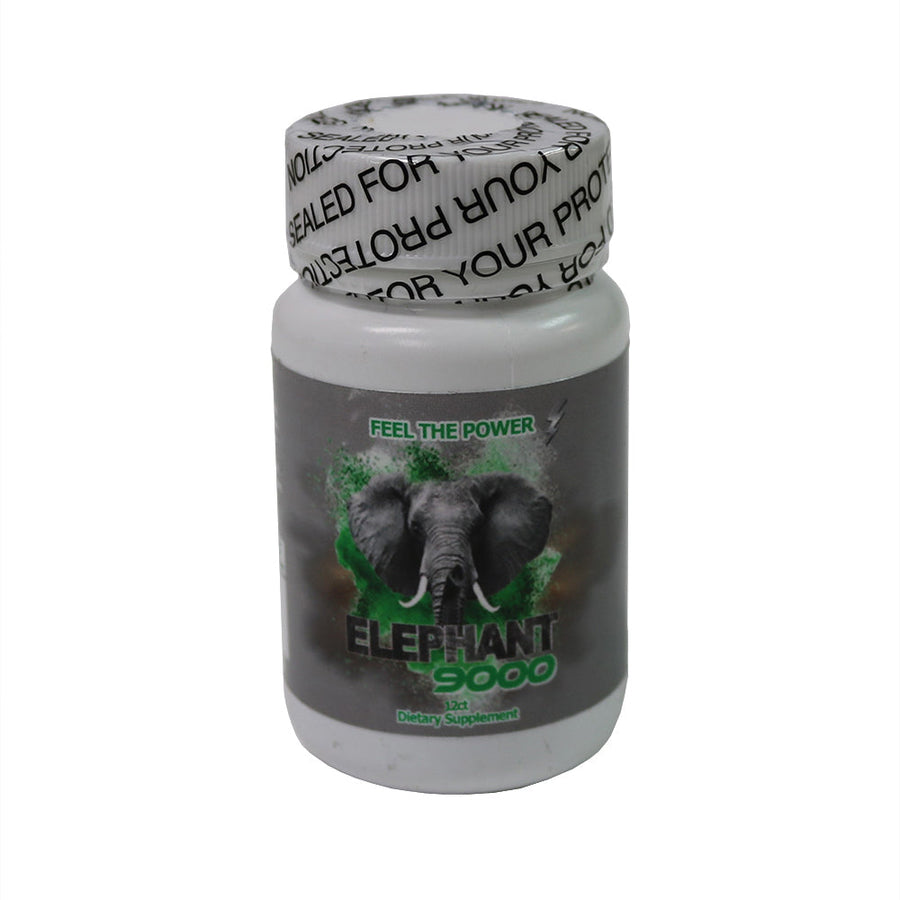
![Vessel - Cone [Onyx] Vessel - Cone [Onyx]](http://www.headshop.com/cdn/shop/products/6f51074a-2173-4ab4-876d-22a84764eb5d.png?v=1679517316&width=600)
![Vessel - Air [Jade] Vessel - Air [Jade]](http://www.headshop.com/cdn/shop/products/7cd436a1-b1f0-4e01-9e52-050ad7140b56.png?v=1679506090&width=600)
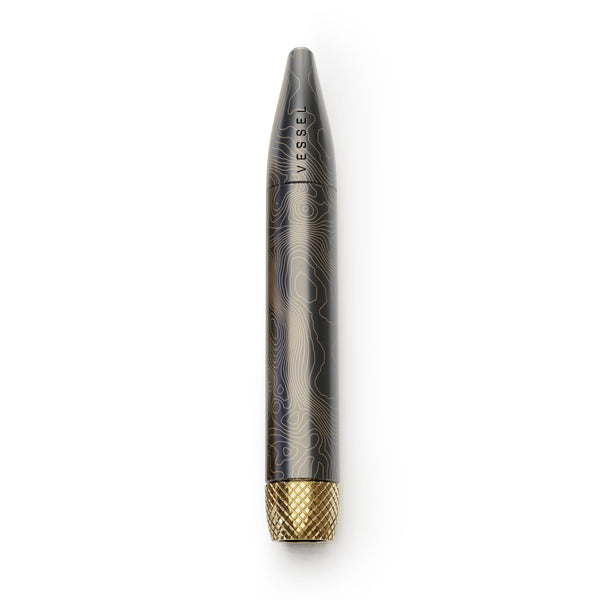
![Vessel - Mill [Beechwood] Vessel - Mill [Beechwood]](http://www.headshop.com/cdn/shop/files/MILL_GUNMETAL_BEECH_COLLAPSED_FRONT_800.jpg?v=1744308513&width=600)
![Pipe by Vessel [Rose Gold] Pipe by Vessel [Rose Gold]](http://www.headshop.com/cdn/shop/files/Pipe_Rose_Gold_Closed.jpg?v=1744306576&width=600)
![Vessel Helix Pipe [Black] - Headshop.com](http://www.headshop.com/cdn/shop/files/Pipe_Black_Angle.jpg?v=1744306153&width=900)
![Vessel Helix Pipe [Black] - Headshop.com](http://www.headshop.com/cdn/shop/files/Pipe_Black_Closed.jpg?v=1744306155&width=1000)
![Vessel Compass Rise Vape Bar [Crimson] - Headshop.com](http://www.headshop.com/cdn/shop/files/fc3fd52a-2783-4fac-bd38-bc4f2013a889_5466b32d-da71-427f-8737-bf7d7f5f2c77.jpg?v=1735253136&width=900)
![Vessel Compass Rise Vape Bar [Crimson] - Headshop.com](http://www.headshop.com/cdn/shop/files/66947a99-195c-4deb-b29e-03443ebebd5a_32c35e3d-ba1b-4d4d-a879-3886d37bddf7.jpg?v=1735253136&width=1000)


![Vessel - Ember [Gold] Astray - Headshop.com](http://www.headshop.com/cdn/shop/files/20220106_EMBER_BRASS.jpg?v=1744309601&width=900)
![Vessel - Ember [Gold] Astray - Headshop.com](http://www.headshop.com/cdn/shop/files/20220106_EMBER_BRASS_WITH_AIR.jpg?v=1744309601&width=1000)
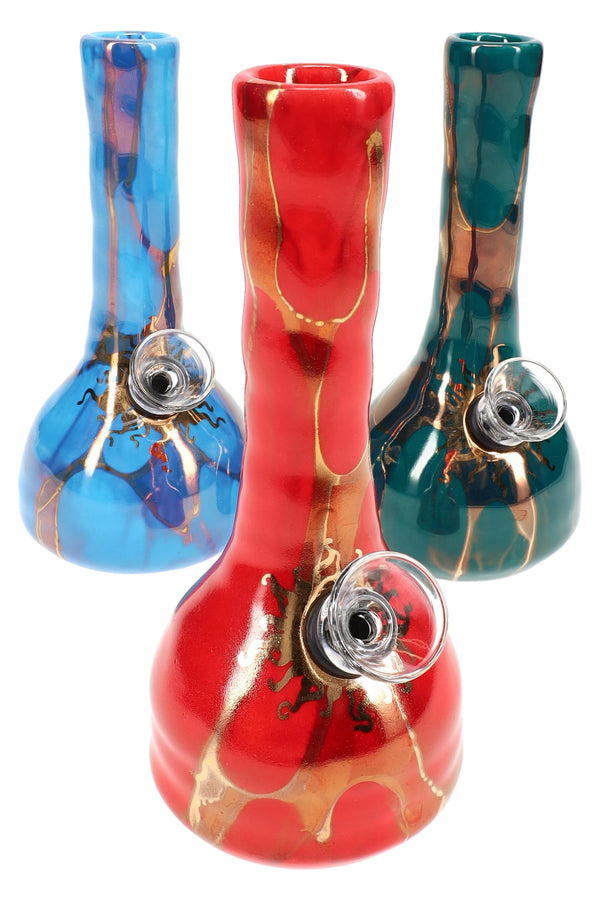

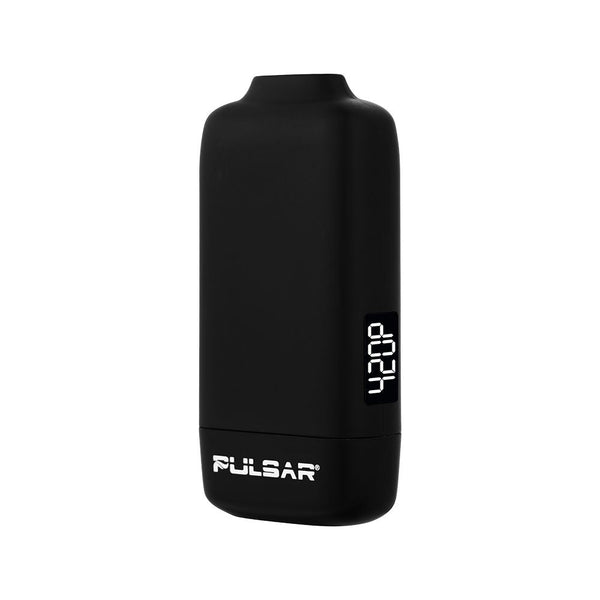
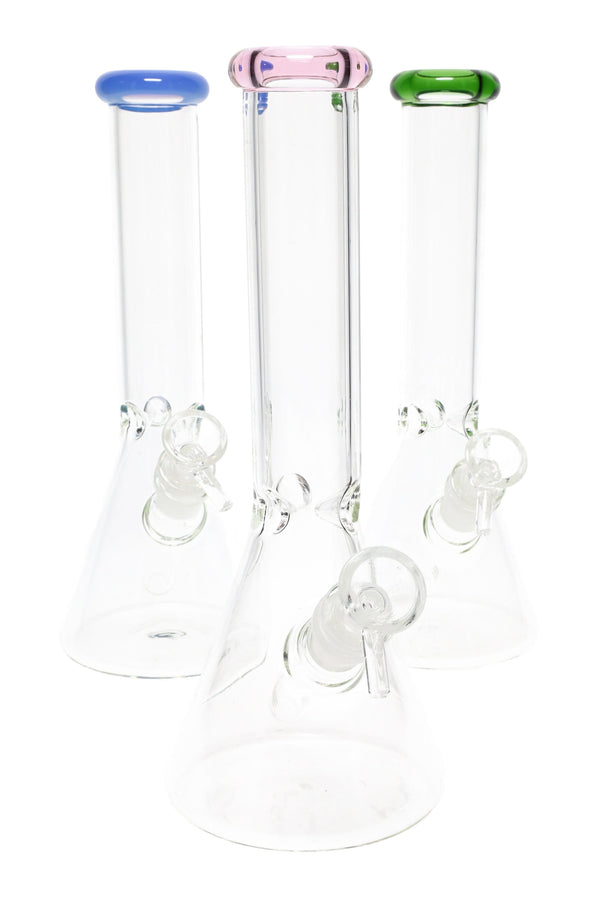








![Pipe by Vessel [Gunmetal]](https://cdn.shopify.com/s/files/1/0585/8462/9443/files/Pipe_Gunmetal_Angle_500x500.jpg?v=1744306453)









